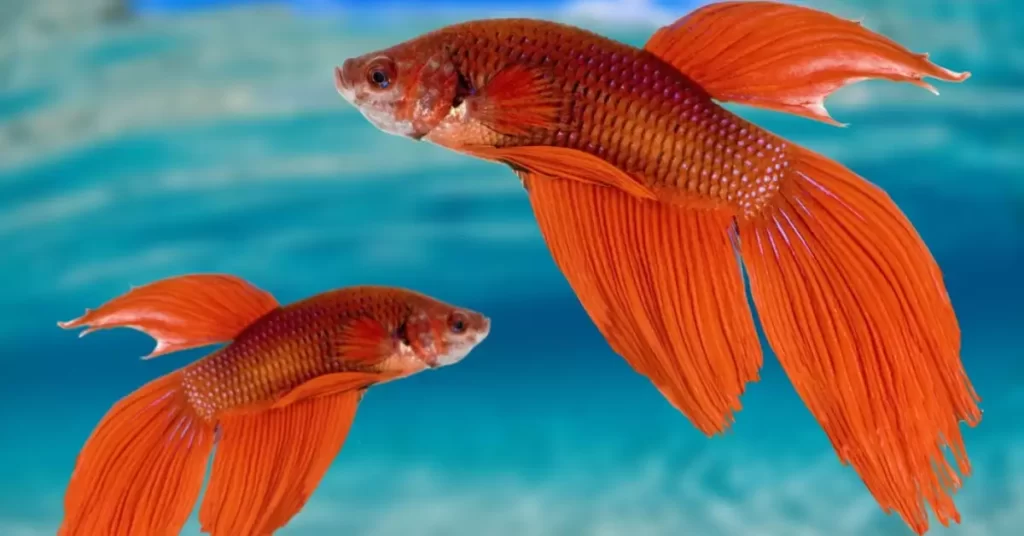Fish are unique creatures that have fascinated us for centuries. We often wonder how they adapt to their aquatic environments and how their physiology differs from ours. One question that may arise is whether fish can have strokes.
In this article, we will explore the possibility of fish experiencing strokes and delve deeper into their circulatory systems, factors that may lead to stroke-like symptoms, and how to prevent and treat these conditions.
Understanding Strokes
What is a Stroke?
A stroke is a medical condition in which the blood supply to a part of the brain is disrupted, resulting in a lack of oxygen and nutrients.
This can cause brain cells to die and lead to various neurological deficits. Strokes can be categorized into two main types: ischemic (caused by a blockage in blood vessels) and hemorrhagic (caused by the rupture of blood vessels).
Causes of Strokes
Strokes can result from a variety of causes, including high blood pressure, blood clots, and weakened blood vessels.
In humans, lifestyle factors such as smoking, obesity, and sedentary behavior can increase the risk of strokes.
Can Fish Have Strokes?
Although fish do have circulatory systems and blood vessels similar to humans, they are not prone to the same types of strokes that we experience.
The primary reason for this difference lies in the structure and function of their circulatory systems, which we will discuss in the next section.
Fish Physiology and the Circulatory System
Structure of Fish Circulatory System
Fish have a closed circulatory system, with a single-loop design consisting of a two-chambered heart, blood vessels, and capillary beds.
Oxygen-rich blood is pumped from the heart to the gills, where it absorbs oxygen and releases carbon dioxide.
The oxygenated blood then travels throughout the body before returning to the heart.
Differences Between Fish and Mammals
One of the key differences between fish and mammals is the presence of a single-loop circulatory system in fish, as opposed to the double-loop system found in mammals.
This simpler design reduces the risk of blockages and ruptures in blood vessels, making strokes less likely in fish.
Factors That May Cause Fish to Experience Stroke-like Symptoms
Water Quality
Poor water quality, including high ammonia, nitrite, or nitrate levels, can cause stress and damage to the blood vessels of fish, leading to stroke-like symptoms.
Maintaining proper water parameters is crucial for the health of your fish.
Diseases and Infections
Certain diseases and infections can cause inflammation or damage to the blood vessels in fish, potentially leading to stroke-like symptoms.
For example, bacterial infections, parasitic infestations, and viral diseases can all have an impact on the circulatory system of fish.
Injury
Physical injuries to fish, such as those sustained during handling or collisions with tank decorations, can cause damage to blood vessels and potentially result in stroke-like symptoms.
Symptoms of Stroke-like Events in Fish
Although fish do not experience strokes in the same way as humans, they can exhibit similar symptoms.
These include swimming erratically or in circles, loss of balance and coordination, difficulty breathing, and general lethargy.
If you notice any of these symptoms in your fish, it is important to take action to prevent further harm.

Prevention of Stroke-like Symptoms in Fish
There are several steps you can take to prevent stroke-like symptoms from occurring in your fish:
Maintaining Water Quality
Ensuring that the water quality in your fish tank is appropriate for your fish species is crucial for their health.
This includes monitoring levels of ammonia, nitrite, and nitrate, as well as pH and temperature. Regular water changes can help maintain water quality.
Providing a Stress-free Environment
Fish can become stressed in various ways, including overcrowding, poor water quality, and sudden changes in their environment.
Providing your fish with an appropriate-sized tank, hiding spots, and a consistent environment can help reduce stress and prevent stroke-like symptoms.
Regular Health Check-ups
Regular health check-ups can help identify potential issues before they become more serious.
Monitoring your fish for any changes in behavior or physical appearance can also help prevent and treat stroke-like symptoms.
Treatment of Stroke-like Symptoms in Fish
If your fish exhibits stroke-like symptoms, there are a few steps you can take to help alleviate the symptoms and promote recovery:
Isolation
Isolating the affected fish in a separate tank can help reduce stress and prevent further harm from other fish in the tank.
Water Quality Control
Monitoring and maintaining proper water quality is crucial for the health of your fish, and can help alleviate stroke-like symptoms.
Medication
Certain medications, such as antibiotics, anti-inflammatories, and anti-parasitics, may be necessary to treat underlying diseases or infections that may be causing stroke-like symptoms.
FAQs
Can fish get blood clots?
Yes, fish can develop blood clots, but it is rare. This is due to the difference in their circulatory systems compared to mammals.
Can a fish die from a stroke?
It is possible for a fish to die from stroke-like symptoms if left untreated or if the underlying cause is severe enough to cause significant damage.
How can I tell if my fish is stressed?
Signs of stress in fish include erratic swimming, loss of appetite, hiding, and changes in color or behavior. Providing a stress-free environment can help alleviate these symptoms.
Conclusion
Although fish are not prone to the same types of strokes that humans experience, they can exhibit similar symptoms due to various factors such as poor water quality, disease, and injury.
Preventative measures such as maintaining water quality, reducing stress, and providing regular health check-ups can help prevent stroke-like symptoms from occurring.
If your fish does exhibit stroke-like symptoms, prompt action such as isolation, water quality control, and medication can help alleviate the symptoms and promote recovery.